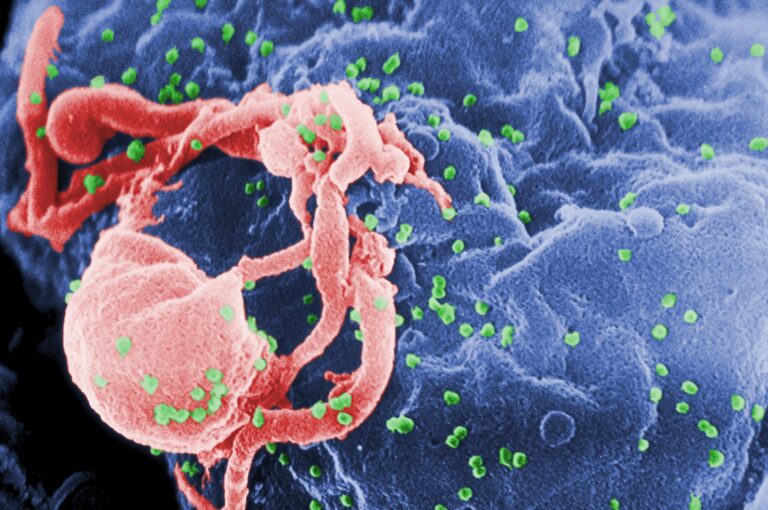Everything To Know About HIV/AIDS in Mongolia
Overview of HIV/AIDS in Mongolia
Mongolia faces significant public health challenges regarding HIV/AIDS. The country’s geographical vastness and limited medical infrastructure contribute to the difficulties in managing this epidemic. Despite its relatively low prevalence compared to global averages, awareness and education remain crucial.
Current Statistics
As of the latest reports, approximately 2,500 people are living with HIV in Mongolia. This statistic underscores the need for proactive measures in both prevention and treatment. Access to testing and antiretroviral therapy has improved, yet there are still many who remain unaware of their status.
The Impact of Stigma
Stigma surrounding HIV/AIDS remains a significant barrier in Mongolia. Many individuals fear discrimination, which can deter them from seeking testing and treatment. This societal stigma complicates public health efforts aimed at education and destigmatization.
Government Initiatives
The Mongolian government has implemented various initiatives to combat HIV/AIDS. These efforts include awareness campaigns and improved healthcare access. However, challenges remain in reaching rural populations and ensuring comprehensive care.
International Support and Collaboration
International organizations play a vital role in supporting HIV/AIDS initiatives in Mongolia. They provide funding and resources that enhance local capacities and outreach programs. Collaboration with global health agencies helps improve treatment options and preventive measures.
Education and Awareness Programs
Education is critical in the fight against HIV/AIDS. Various programs aim to inform the public about prevention strategies and reduce stigma. These educational initiatives are essential for fostering a supportive environment for those affected.
Resources for Further Information
To learn more about HIV/AIDS in Mongolia, various resources are available online. For detailed insights and statistics, you can visit this link. Staying informed helps individuals understand the ongoing challenges and support efforts in the region.
Conclusion
Mongolia’s battle with HIV/AIDS requires continuous effort and community involvement. Enhancing education, reducing stigma, and ensuring access to treatment are paramount. Through collective action and international support, Mongolia can hope to make significant strides in addressing this public health issue.

